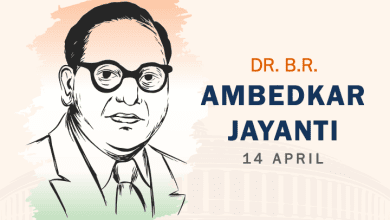A Capital Problem

Delhi was in news this winter due to high levels of air pollution especially with Supreme Court stepping in again this year to push for action. This issue is exacerbated by various factors, including vehicular emissions, industrial activities, construction dust, crop-burning in neighbouring states like Punjab and Haryana, and weather conditions that trap pollutants in the Indo-Gangetic plain area.
This year was particularly harsh in some parts of Delhi where the pollution levels measure as Air Quality Index (AQI) crossed 1100 (normal AQI is <100) and was tagged as ‘hazardous’ category. Equivalent of smoking 18-20 cigarettes every day. This in turn led to the Hon’ble Supreme Court to order for issuing the Graded Response Action Plan (GRAP) Stage-III restrictions which in turn stopped construction work etc and declared holidays for schools.
One of the major causes of pollution in Delhi is Vehicular Emissions. Delhi is home to millions of vehicles, and their emissions are a significant contributor to air pollution. Despite efforts to promote cleaner vehicles, the sheer volume of traffic still creates high levels of pollutants. The pollution levels are further heightened during the harvest season (mainly October and November) wherein farmers in nearby states like Punjab and Haryana burn crop stubble to clear their fields quickly. This leads to large plumes of smoke that blow into Delhi, worsening the air quality. Other causes include construction and dust due to rapid urbanization and Industrial Emissions Factories and industrial plants, many of which are located in and around Delhi, emit harmful pollutants like particulate matter (PM2.5)
During the winter months, the cooler temperatures and low wind speeds cause air pollutants to stagnate over the city, increasing their concentration. This is particularly severe in December and January. Experts indicate that the problem of Delhi in particular and the Indo-Gangetic plain is general is very acute due to its landlocked location and the surrounding mountains which traps heavy winds blowing from the northwest, creating a chamber above the city.
Long periods of exposure to such high levels of pollutants have been known to cause respiratory issues in people, especially children and the elderly who are at higher risk of developing asthma, bronchitis, and other respiratory conditions. Long-term exposure to high pollution levels also increases the risk of heart attacks and strokes. Some studies have shown that air pollution in Delhi contributes to a significant number of premature deaths each year.
Some attempts have been done for controlling pollution levels like:
- Restrictions on construction and demolition activities.
- Improved Emission Standards: The introduction of BS-VI (Bharat Stage 6) emission standards aimed at reducing vehicular emissions.
- Promotion of Electric Vehicles: The Delhi government is encouraging the adoption of electric vehicles (EVs) to reduce pollution.
- Dust Control Measures: Strict guidelines for controlling dust during construction work.
Despite these efforts, the severity of Delhi’s pollution remains a significant challenge, requiring continued action at the government, industrial, and individual levels. This has repeated every year and has become endemic to the Nation’s capital. It is time for concerted efforts by Government and Citizens to take long term steps to solve this gargantuan problem.







